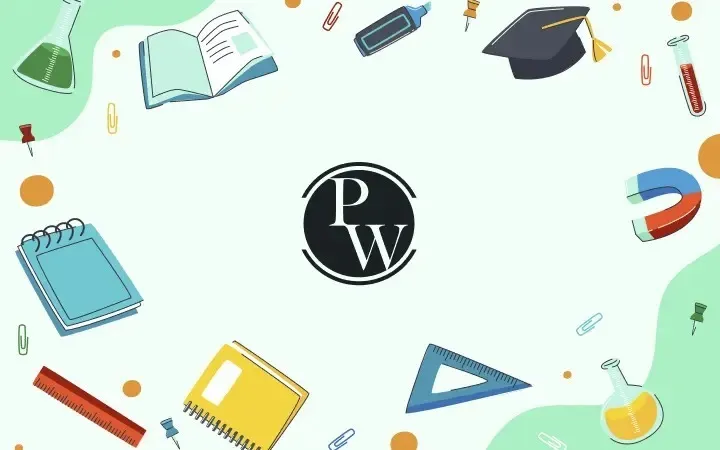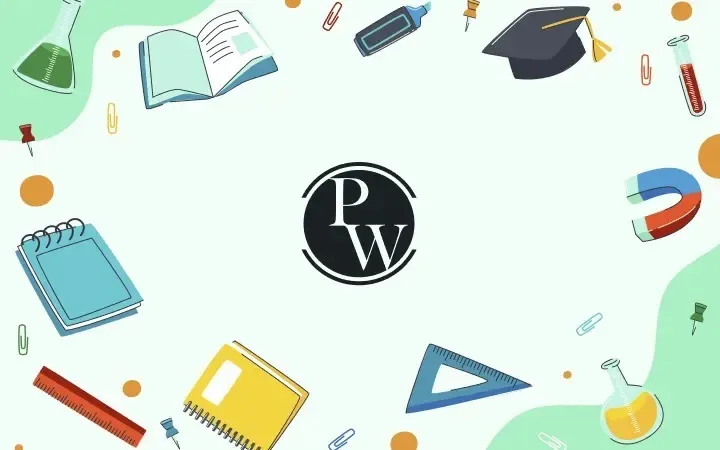

The Rise of Antibiotic Resistant Infections Reading Answers: The IELTS Reading section often features passages on contemporary scientific or medical topics, such as The Rise of Antibiotic Resistant Infections. This passage explores how bacteria evolve resistance to antibiotics, the consequences for public health, and how both medical professionals and the general public contribute to the problem. To succeed in this type of reading task, it is important for test-takers to understand complex cause-effect relationships, identify opinions of different experts, and match specific information across paragraphs. Here, you will find sample IELTS Reading Matching Features and Matching Information questions based on the passage, along with correct answers and clear explanations to help you improve your reading skills and score confidently on test day.
Free IELTS Reading Practice Tests
The Rise of Antibiotic Resistant Infections Reading Answers Passage
You should spend about 20 minutes on Questions 1-13, which are based on the Reading Passage below.
The Rise of Antibiotic Resistant Infections
A. When penicillin became widely available during the Second World War, it was a medical miracle, rapidly vanquishing the biggest wartime killer – infected wounds. Discovered initially by a French medical student, Ermest Duchesne, in 1896, and then rediscovered by Scottish physician Alexander Fleming in 1928, Penicillium crippled many types of disease-causing bacteria. But just four years after drug companies began mass-producing penicillin in 1943, microbes began appearing that could resist it.
B. “There was complacency in the 1980s. The perception was that we had licked the bacterial infection problem. Drug companies weren’t working on new agents. They were concentrating on other areas, such as viral infections,” says Michael Blum, M.D, medical officer in the Food and Drug Administration’s division of anti-infective drug products. “In the meantime, resistance increased to a number of commonly used antibiotics, possibly related to overuse. In the 1990s, we’ve come to a point for certain infections that we don’t have agents available.”
C. The increased prevalence of antibiotic resistance is an outcome of evolution. Any population of organisms, bacteria included, naturally includes variants with unusual traits – in this case, the ability to withstand an antibiotic’s attack on a microbe. When a person takes an antibiotic, the drug kills the defenceless bacteria, leaving behind – or “selecting,” in biological terms – those that can resist it. These renegade bacteria then multiply, increasing their numbers a million fold in a day, becoming the predominant microorganism. “Whenever antibiotics are used, there is selective pressure for resistance to occur. More and more organisms develop resistance to more and more drugs,” says Joe Cranston, Ph.D, director of the department of drug policy and standards at the American Medical Association in Chicago.
D. Disease-causing microbes thwart antibiotics by interfering with their mechanism of action. For example, penicillin kills bacteria by attaching to their cell walls, then destroying a key part of the wall. The wall falls apart, and the bacterium dies. Resistant microbes, however, either alter their cell walls so penicillin can’t bind or produce enzymes that dismantle the antibiotic. Antibiotic resistance results from gene action. Bacteria acquire genes conferring resistance in different ways. Bacterial DNA may mutate spontaneously. Drug-resistant tuberculosis arises this way. Another way is called transformation where one bacterium may take up DNA from another bacterium. Most frightening,however, is resistance acquired from a small circle of DNA called a plasmid, which can fit from one type of bacterium to another. A single plasmid can provide a slew of different resistances.
E. Many of us have come to take antibiotics for granted. A child develops a sore throat or an ear infection, and soon a bottle of pink medicine makes everything better. Linda McCaig, a scientist at the CDC, comments that “many consumers have an expectation that when they’re ill antibiotics are the answer. Most of the time the illness is viral, and antibiotics are not the answer. This large burden of antibiotics is certainly selecting resistant bacteria.” McCaig and Peter Killeen, a fellow scientist at the CDC, tracked antibiotic use in treating common illnesses. The report cites nearly 6 million antibiotic prescriptions for sinusitis alone in 1985, and nearly 13 million in 1992. Ironically, advances in modern medicine have made more people predisposed to infection. McCaig notes that “there are a number of immunocompromised patients who wouldn’t have survived in earlier times. Radical procedures produce patients who are in difficult shape in the hospital, and there is routine use of antibiotics to prevent infection in these patients.”
F. There are measures we can take to slow the inevitable resistance. Barbara Murray, M.D, of the University of Texas Medical School at Houston writes that “simple improvements in public health measures can go a long way towards preventing infection”. Such approaches include more frequent hand washing by health-care workers, quick identification and isolation of patients with drug-resistant infections, and improving sewage systems and water purity.
Drug manufacturers are also once again becoming interested in developing new antibiotics. The FDA is doing all it can to speed development and availability of new antibiotic drugs. “We can’t identify new agents – that’s the job of the pharmaceutical industry. But once they have identified a promising new drug, what we can do is to meet with the company very early and help design the development plan and clinical trials,” says Blum. In addition, drugs in development can be used for patients with multi-drug-resistant infections on an emergency compassionate use basis for people with AIDS or cancer, for example.” Blum adds. Appropriate prescribing is important. This means that physicians use a narrow spectrum antibiotics – those that target only a few bacterial types – whenever possible, so that resistances can be restricted. “There has been a shift to using costlier, broader spectrum agents. This prescribing trend heightens the resistance problem because more diverse bacteria are being exposed to antibiotics,” writes Killeen. So, while awaiting the next wonder drug, we must appreciate, and use correctly, the ones that we already have.
Another problem with antibiotic use is that patients often stop taking the drug too soon, because symptoms improve. However, this merely encourages resistant microbes to proliferate. The infection returns a few weeks later, and this time a different drug must be used to treat it. The conclusion: resistance can be slowed if patients take medications correctly.
Also Read:
The Rise of Antibiotic Resistant Infections Reading Answers Sample Questions
IELTS Reading Matching Features Questions (Q1–7)
Questions 1–7
Match each statement with the correct person mentioned in the passage.
Choose the correct letter A–E from the box below.
You may use any letter more than once.
People:
A. Michael Blum
B. Joe Cranston
C. Linda McCaig
D. Barbara Murray
E. Peter Killeen
Statements:
-
Said that antibiotics are often used when the illness is not caused by bacteria.
-
Emphasised that public hygiene can help reduce the spread of infection.
-
Mentioned that antibiotics are frequently given to vulnerable hospital patients.
-
Pointed out that resistance is a natural result of evolutionary selection.
-
Highlighted that over-prescribing broad spectrum antibiotics is worsening the issue.
-
Commented that drug companies had stopped focusing on antibiotics for a time.
-
Believes physicians should use more specific types of antibiotics.
IELTS Reading Matching Information Questions (Q8–13)
Questions 8–13
Match the information with the correct paragraph (A–F).
Choose the correct letter A–F.
You may use any letter more than once.
Statements:
-
A description of how some bacteria can share resistance genes with others.
-
Reference to the increasing vulnerability of hospital patients to infection.
-
An example of how penicillin works to kill bacteria.
-
An explanation of how resistance can result from a random genetic change.
-
Details of how doctors and pharmaceutical companies are responding to the issue.
-
Mention of the role of parents expecting antibiotics for their children’s illness.
The Rise of Antibiotic Resistant Infections Reading Answers with Explanations
Matching Features Answer Key with Explanations:
-
C. Linda McCaig
Explanation: She says that antibiotics are often expected by patients, even for viral infections, where they are not effective. -
D. Barbara Murray
Explanation: She discusses basic public health measures like hand washing and sanitation as effective tools to prevent infection. -
C. Linda McCaig
Explanation: McCaig explains that modern medicine creates many immunocompromised patients who receive preventive antibiotics. -
B. Joe Cranston
Explanation: Cranston explains that resistance develops because of natural selection among bacterial populations. -
E. Peter Killeen
Explanation: He mentions the trend of prescribing broader antibiotics, which leads to more exposure and more resistance. -
A. Michael Blum
Explanation: Blum notes that in the 1980s, drug companies shifted their focus away from antibiotics, thinking bacterial infections were under control. -
E. Peter Killeen
Explanation: He says that using narrow-spectrum antibiotics helps reduce the spread of resistance.
Matching Information Answer Key with Explanations:
-
D
Explanation: Paragraph D explains plasmid exchange between bacteria, allowing resistance to be transferred across species. -
E
Explanation: It states that patients undergoing radical treatments are more prone to infections, leading to antibiotic use. -
D
Explanation: This paragraph details the mechanism of penicillin attaching to and breaking down bacterial cell walls. -
D
Explanation: Resistance through spontaneous DNA mutation, like in tuberculosis, is clearly mentioned here. -
F
Explanation: Paragraph F discusses pharmaceutical involvement, drug development, and how doctors can help by prescribing responsibly. -
E
| IELTS Reading Band Score | IELTS Listening Band Score |
| IELTS Speaking Band Score | IELTS Writing Band Score |
Guidance of PW IELTS
Physics Wallah offers a few popular online IELTS courses for all students. Follow the latest IELTS articles to better prepare for the exam.
| IELTS Registration | IELTS Eligibility Criteria |
| IELTS Exam Pattern | IELTS Syllabus |
| IELTS Exam Dates | IDP IELTS Test Centers |











